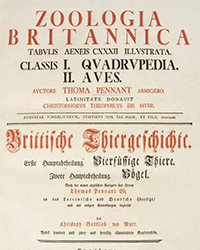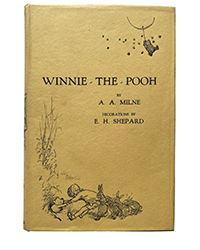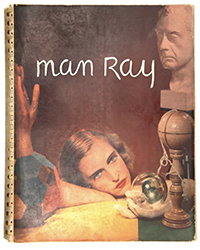THE FIRST ILLUSTRATED MAGAZINE PUBLISHED IN NEW YORK
Others stay dinner and depart full fed;
The longest age but sups and goes to bed.
From the Tarnassiad of the Columbian Magazine.
It might have been assumed by Samuel Louden, bookseller and proprietor of the New York Packet, that four years from the close of the War of Independence was too short a period of time in which to expect the citizen of the new-born American Republic to repair his broken fortunes and turn his thoughts from the din of battle and the tented field to the gentle arts and walks of peace. As the sequel proved, he did forestall somewhat the domestic market for such wares, when in 1787 he ventured upon the publication of a literary magazine in the city of New York. It was patriotically christened the American, and was placed under the editorship of that American lexicographer and grammarian whose name has so long been the schoolboy's household word, if not his terror, Noah Webster. This pioneer of New York magazines was ushered into being December, 1787, and in November, 1788, it quietly passed away, bequeathing to the Commonwealth an example of laudable though unsuccessful endeavor, and an octavo volume of 882 pages.
The American was without illustrations, so that the mantle of leadership in the army of New York illustrated periodicals, since become so numerous a body, rests upon the New York Magazine, the prospectus and first number of which made its appearance about a twelvemonth after the demise of its short-lived predecessor. It was continued for eight years without interruption, from January, 1790 to 1797, when it also ceased to exist, either from lack of patronage or for other good and substantial reasons unknown to the writer. Magazines identical in scope and character were established almost simultaneously in the two principal cities of the Northern States outside of the city of New York—the Columbian in Philadelphia, and the Massachusetts in Boston. The latter, as an illustrated magazine, was preceded by the Royal American, founded in January, 1774, by Isaiah Thomas. It was suspended at the expiration of six months, and soon after abandoned by him. Later it was revived by Joseph Greenleaf, and continued under his management until the beginning of the War. It was the last periodical established in Boston before the Revolution. It contains engravings executed by the patriot, artist, and silversmith, Paul Revere, including the portraits of Samuel Adams and John Hancock, which are, considering the pre-Revolutionary origin of the prints and the national fame of the engraver, the most interesting, as they are the rarest of all existing specimens of early American engraved portraits.
Copper-plate engravings were also used in the Pennsylvania Magazine, published in Philadelphia in 1775 and 1776, by Robert Aitkin. They consist of maps, plans and views, the most interesting of the latter being "A Correct View of the Late Battle at Charlestown, June 17th, 1775," published in the number for September of that year.
It behooves the seeker of early American prints to bear the titles of these four magazines well in mind, although he will not run chock-a-block against them in the first bookshop he comes to, or in the second. The Philadelphia Magazine is not quite so difficult to find as the other three.
The publishers of the New York Magazine were Thomas and James Swords, of No. 44 Crown Street, known for many years as publishers of books relating to the Episcopal Church.
They recite in their preface that the proposed work will be printed with beautiful new type cast by the ingenious Mr. Caslon, on good American manufactured paper, that it will consist of 64 pages, and be published the first of each month. "Each number," they add, "will contain one or more copper plates representing some particular passage in the work."
The price to subscribers was fixed at eighteen shillings, payable upon the installment plan; five shillings upon the delivery of the first number; five on the delivery of the sixth, and the remaining eight at the expiration of the year. The generous proposition was also made, that if on delivery of the third number the work should not appear to equal the expectation of any subscriber, it would be at his option to discontinue his subscription under forfeit of the five shillings already paid. To non-subscribers the price of each number was two shillings.
The publishers appear to have launched their literary craft with some mental misgivings, and in an address to the public they humbly solicit the countenance and support of the native and free-born Americans, "whose characteristic has ever been to foster and cultivate the arts, and to reward honest industry by the bounty of a liberal hand." In conclusion they state that if "this appeal for support is merely sufficient to defray expenses the magazine will live; if it is inadequate it must DIE."





![<b>Sotheby’s:</b> Ernest Hemingway. <i>Three Stories And Ten Poems,</i> [Paris], (1923). First edition of Hemingway’s first published book. $75,000. Sotheby’s: Ernest Hemingway. Three Stories And Ten Poems, [Paris], (1923). First edition of Hemingway’s first published book. $75,000.](https://ae-files.s3.amazonaws.com/AdvertisementPhotos/acf970a0-a15d-4c79-aa24-5e8e414cb465.png)




